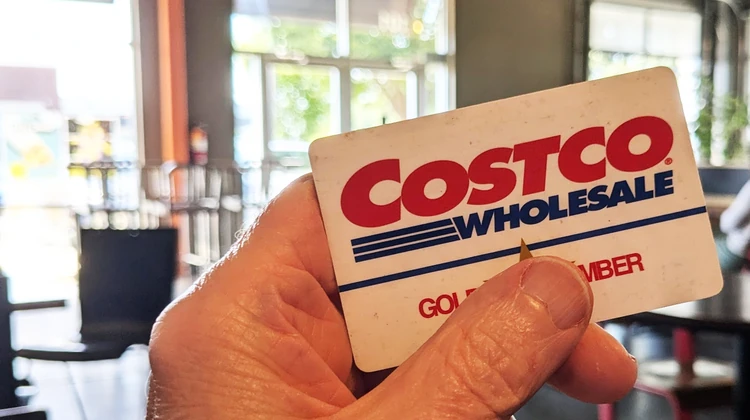And, no, the $1.50 hot dog and drink isnt doubling in price

If youre anything like a third of all U.S. consumers, you are a dyed-in-the-wool Costco member one that will soon be facing two new changes. These changes arent going to send you running for Walmart or Sams, but there are nuances that you should know about the next time you head out to your Costco store.
Increased membership fees
Beginning September 1, membership fees go up. The last time Costco upped its membership was sevenyears ago 2017 -- so the company deserves some patience in the face of inflation. Costco says it has felt inflationary pressures too from its suppliers. Now, it feels it'stime for a small price increase fromits customers.
And we mean small. The annual fee for Gold Star and Business Memberships will go up from $60 to $65, and for those holding Executive Memberships which come with additional perks and a 2% reward on qualifying purchases the annual fee will increase from $120 to $130.
The company saidthe fee increases will impact around 52 million memberships, a little over half of which are Executive.
If you have an Executive membership, make sure youre taking full advantage of the 2% reward on eligible purchases, said Kyle James of RatherBeShopping, in his analysis of Costcos move. Track your spending to see whether the reward offsets the higher membership fee.
For many loyal Costco shoppers, the slight increase in membership fees might not be a dealbreaker given the value and savings they receive from shopping at Costco, James said.
Thinkthis is a deal breaker? Maybe you should let Costco explain how it justifies this price increase:
-
Quality of Products: Costco continues to provide high-quality products, including its private-label brand, Kirkland Signature, which is known for its value and quality.
-
Cost Savings: Despite the increase, the savings from purchasing in bulk, accessing cheaper fuel prices, and taking advantage of pharmacy and other services can still outweigh the cost of membership.
-
Enhanced Member Services: Costco is continually investing in additional member services, such as travel deals, auto programs, and home services, which add value beyond just in-store shopping.
James also reminds non-Costco members that they can still shop at Costco ifthey have a Costco Shop Card basically a gift card that you have a member buy for you which allows you to visit and purchase anything you want at Costco.
Important disclaimer you can only use the card once in Costco. So let's say you have a $100 card and only spend $30, theyre going to give you $70 cash back, James says, so make a list of what you want beforehand.
New entry policy: membership card scanning
In addition to increasing membership fees, Costco is also introducing a new policy requiring members to scan their membership cards upon entering the store. This change is designed to enhance security, streamline the shopping experience, and ensure that only paying members access Costcos benefits.
How does it work? Like this: When entering a Costco warehouse, members will now need to present their membership cards at a scanning station near the entrance. Either a Costco employee or an automated system will scan the card to verify active membership before entry is granted. Easy peasy, right?
For one thing, this should cut back on membership coattail riders abusing the privilege of someone elses membership. For another, the company thinks this process aims to expedite entry, reducing congestion and potential delays at the entrance.
You should know that the company is reported to use this scanning method to collect data on member visits, helping it better understand shopping patterns and improve its services.
Disadvantages
From James point of view, the new policy has several advantagesbut it may also pose some inconveniences:
-
Entry Delays: During peak shopping times, the scanning process might lead to longer lines at the entrance.
-
Forgotten Cards: Members who forget their cards may face delays or need to verify their membership status at the customer service desk. Its possible that you could get around this by showing your membership card thats in your Costco app on your phone.
-
Privacy Concerns: Some members might be concerned about the increased data collection and its implications for privacy.
However, Costco has been collecting customer information for a while and, to its credit, its very upfront about what it collects and what it does with your personal information in its privacy policy.
One other note about the membership card scanning: protecting the food court. James also notes that Costco is also tightening its policies at the food court to prevent non-members from taking advantage of its low-cost offerings, such as the famous $1.50 hot dog meal.
By installing membership scanners at the entrance, Costco aims to ensure that only members can purchase food court items. Time will tell how effective this change will be in deterring non-members.
Photo Credit: Consumer Affairs News Department Images
Posted: 2024-08-27 11:18:59




















